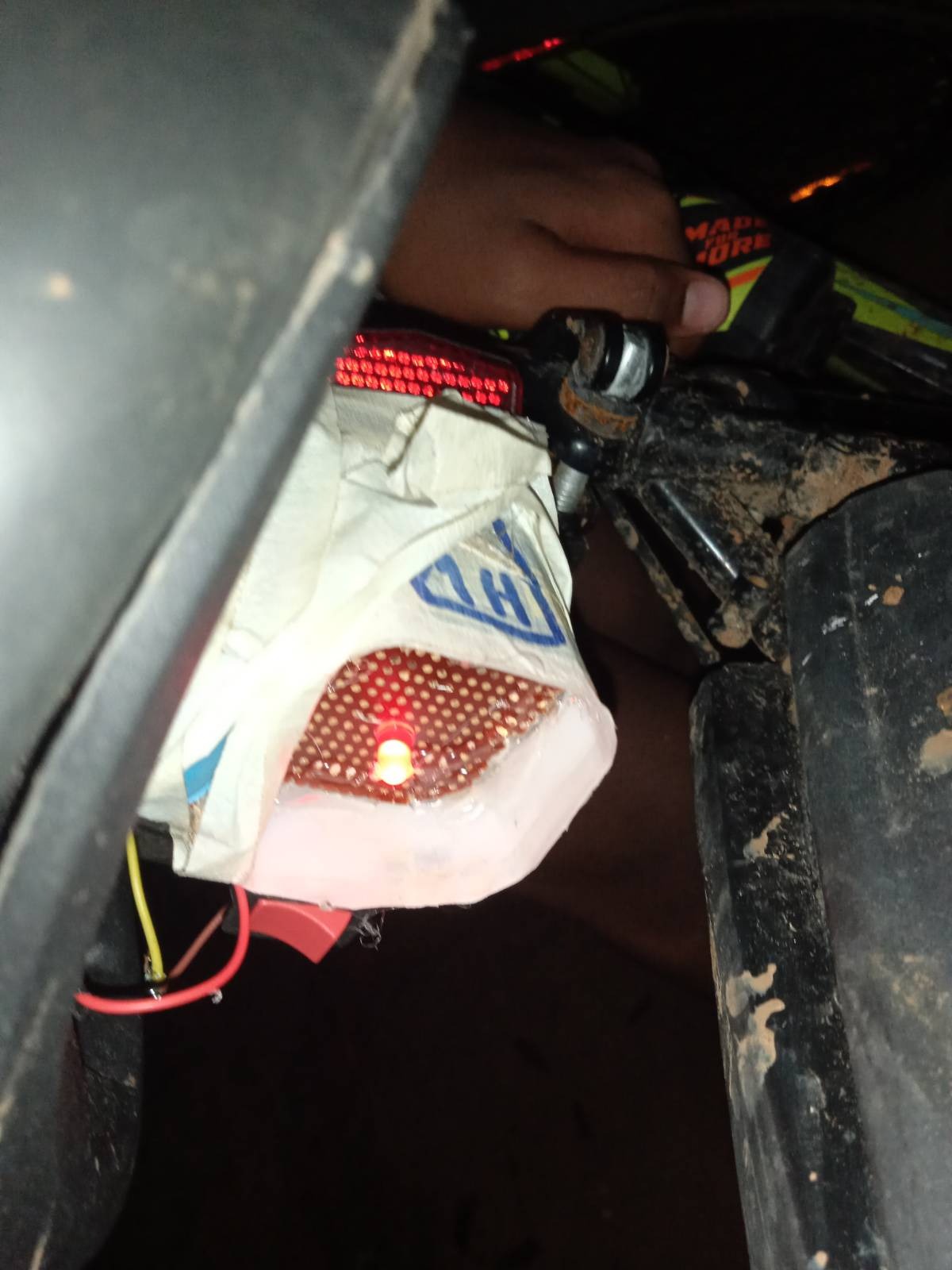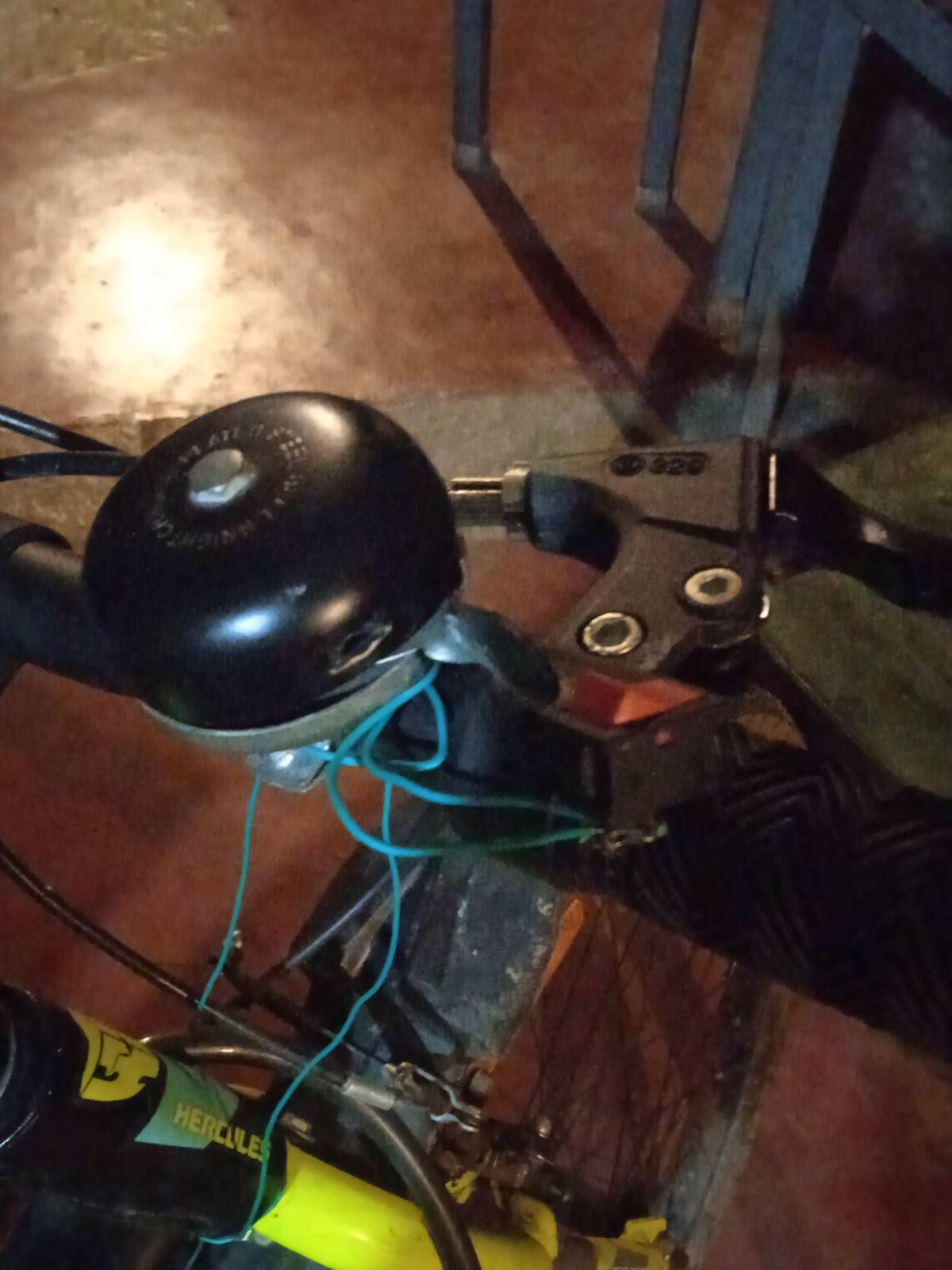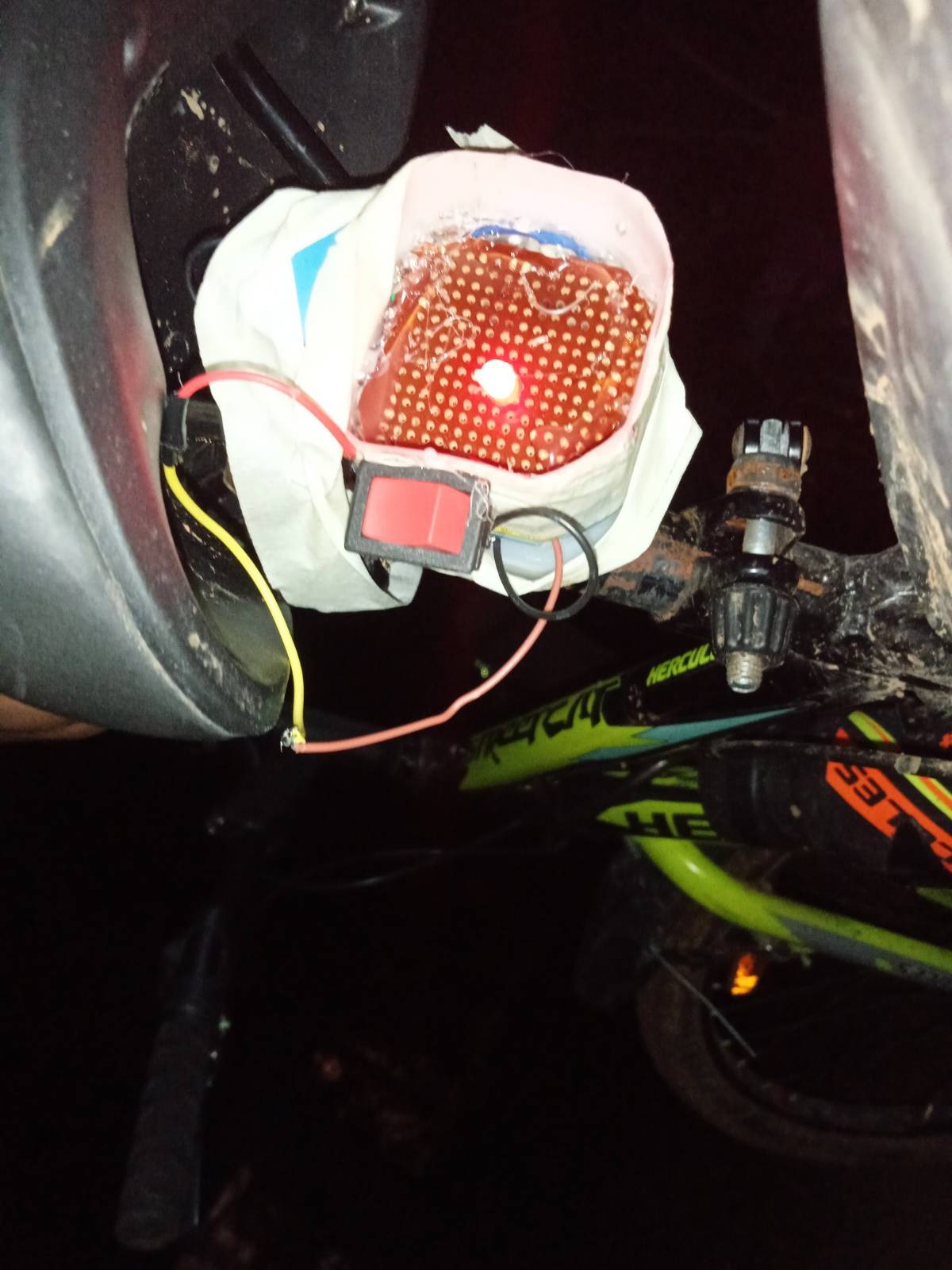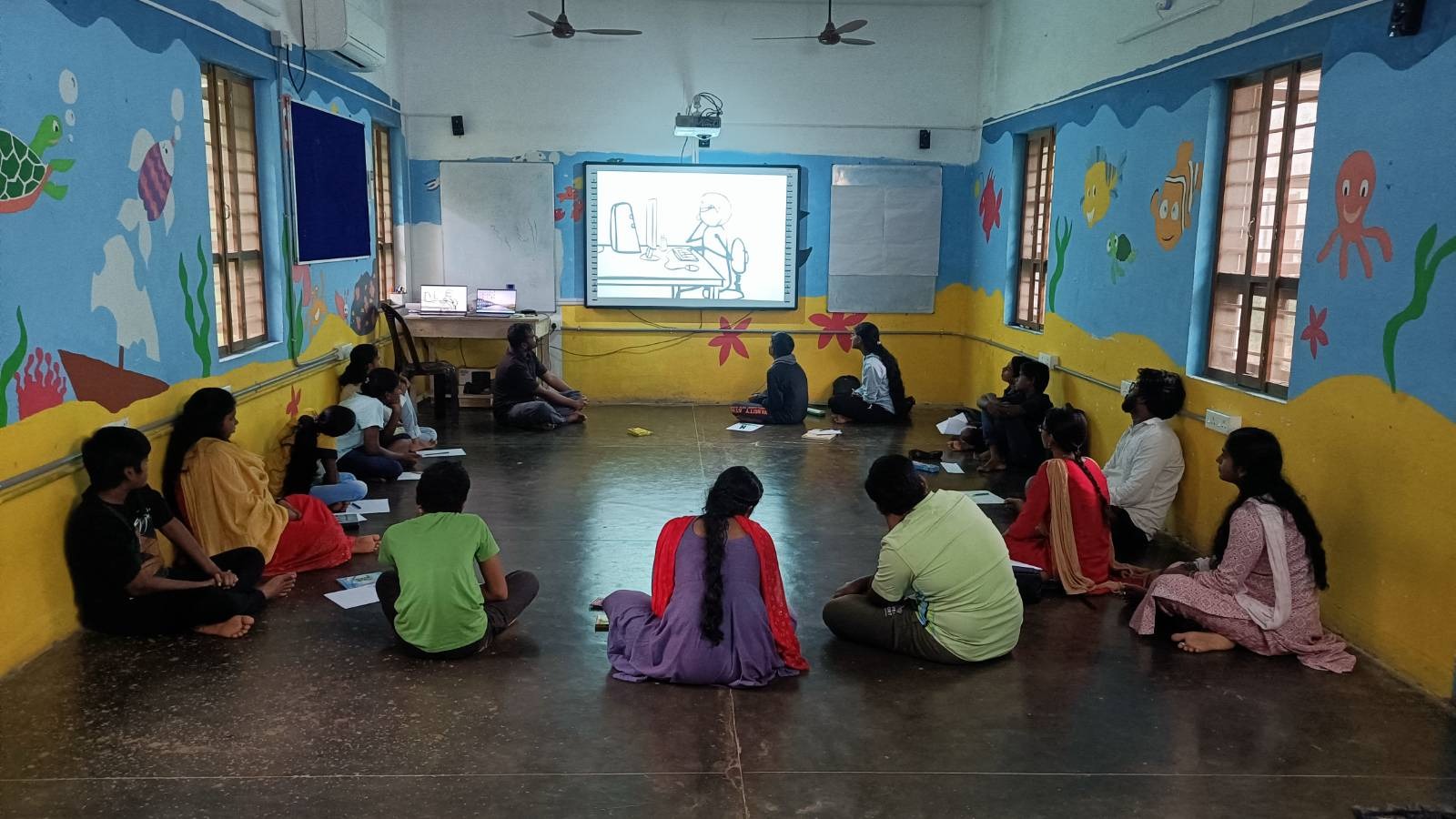~Sanjay Tumati
Reflections on Self development – I: Plateaus and Vipassana meditation
Before I had heard of C3StreamLand and the work that Sanjeev was doing, I had been meditating within the Vipassana tradition of Sayagyi U Ba Khin for a fairly long time. The benefits I experienced were not few and are common to several meditators
- The near elimination of stressors from short term causes (mental stress that is relevant over the short term, i.e. exam/test results, traffic jams, sports matches etc)
- The reduction of stressors from long term causes (Life, Job, Career, Family etc)
- Enhanced energy and concentration for work and day to say life
- General confidence to take on challenges that one would be afraid of under normal circumstances.
- An enhanced interest in personal development
- General Happiness
However, most long term Vipassana meditators are aware of what is called the Plateau, a stage where the meditator is able to notice that he/she has stopped making progress. A plateau can last quite a while and can happen to the most experienced meditators. The most common observed response to a plateau is that the meditator stops practicing Vipassana and moves on to something (or nothing) else.
In general, a plateau is a signal that the level of effort that one is expending, or the level of understanding that one is bringing to the practice is insufficient. Several suggestions are made to overcome this plateau
- If not meditating daily, start meditating daily
- If meditating daily but not two hours a day, increase to 2 hours a day
- If meditating two hours a day or having trouble getting to 2 hours a day, start going to group sittings to increase contact with other more experience meditators. The Buddha has stated that good company “is” the spiritual life. This can take the form of
- Weekly group sitting conducted by other meditators
- Weekly half-day or one-day sits conducted by the center nearest to place of residence
- Sit 10 day courses part time during the weekends as often as possible. GoenkaJi has considered the plight of
- If meditating daily two hours a day and still experiencing a plateau, one may also go for long courses (20-day, 30-day) all of which deepen one’s understanding
- If one has sat long courses and is experiencing a plateau, one may deepen one’s practise by increasing one’s level of seva or service to the sangha
- Serve more 10-day courses full time or part time
- Start hosting group sittings in your residence or help in hosting them wherever they are being hosted
- Volunteer at the center on Day0/Metta day
- Long term service at a center
- Remote registration service with Dhamma centers
As a meditator who has done almost all of the above (except for Day0 service, 5c), I can attest that one still experiences plateaus and very persistent ones that last for distressingly long periods of time. In the following blog posts, I will outline an alternate method to overcome these plateaus with an introduction to my understanding of RTL along with Vipassana along with the relevant context.
Reflections on self development – II : What is a Sangha
Having experienced persistent plateaus after plenty of effort as outlined in my last post, I recollected my mind to the time of the most rapid growth that I had experienced.
- A few years after having been introduced to Vipassana when everything was new and exciting
- During a period where I was in contact with a most excellent meditator (Suresh Venkumahanti, who is now an AT living in Austin. I mention the name since I will reference him)
The solution then was clear à I must in contact with a person who is a most excellent meditator. It is the company of excellent meditators that constitutes a sangha. The best way to be in contact with such a person is to work with that person. To support him in his endeavours, to make his endeavours one’s own à eventually all endeavours are one to the extent that they all point towards one’s personal growth.
Now, we come to the question of who is a most excellent meditator. Suresh here provided the clue himself. An excellent meditator is one who takes up worthwhile challenges, tasks that are not being done because they are difficult, where failure is a real option, one who is not afraid of standing alone and one who discharges them all with a smile while constantly seeking to increase one’s capacity. Suresh did not say that an excellent meditator is someone who does long courses, stays and serves at centers long term, sits and serves several courses a year at centers, always dressed in white , etc and other outward appearances.
I consider myself very fortunate here that life brought me into contact with and kept me in contact with another very Suresh-like meditator, Sanjeev. Sanjeev and his qualities are very well known to everyone likely to read this blog post and I will therefore spare everyone the details and end this post here
Reflections on Self development – III : An RTL Workshop leads toC3StreamLand
C3StreamLand (Formerly StemLand, AuraAuro Design) is the organization for which Sanjeev has taken up responsibility at Auroville. If you are already reading this post, then you need no introduction to C3StreamLand or what it does or what it’s objectives are. To me, C3StreamLand is, if not the ideal Sangha, then the best Sangha that I know of, that I can be part of. The reasons for this have been outlined in another blog post on this website and there is no need for me to repeat myself here.
The question that came to me after a few months of stay here was, what would motivate Sanjeev to set up some place like this? Setting up even an ordinary organization is a very challenging and frustrating endeavor indeed. What would motivate someone to set up an organization that primarily does social work, does not depend on external donations, finances it’s social work via its own revenue generation in a cut-throat commercial environment (*1), provide an opportunity for each person to take responsibility for their growth, and create a space for everyone who comes in contact with the organization? These are not the aims of an ordinary organization. Certainly, the effort involved, or the wisdom involved, in setting up and running such an organization must be great indeed.
Pre-2015 Sanjeev too was reveling in the need to spend time with children and staying in that comfort zone until he was introduced to a self-reflection technique called RTL. It is when he attended his second RTL that he realized that he was setting his sights too low and that if he was to unlock his full potential, he could not continue with his prior ways any longer. It is important to note that at the time, Sanjeev had already been regularly practicing Vipassana meditation for 6 years since his first course in 2009. Any technique that can bring forth such a realization in a long term Vipassana meditator is definitely a technique worth looking into. How do I say that RTL brought forth a realization in Sanjeev and not just a fast-dissipating feel-good Aha moment? By what followed afterwards à C3StreamLand. It is by its fruits that you know the tree.
*1: I notice that people who claim to be spiritual or have a social consciousness can look down on commercial work, and some may also not be up for the rigor it needs.
Reflections on Self Development – IV: A Buddhist Monk endorses anRTL-like process and a synthesis between RTL and Vipassana
I have been introduced to RTL only 18 months back and me being a slow learner, my understanding is very shallow at best and so I will not attempt here to give an overview of the technique. Instead, here I will share how my understanding of RTL has shaped my practice of Vipassana so far.
I shared my reflections on Self development plateaus in my very first post on the series. I once asked a Buddhist Monk this very question on why so many Vipassana meditators are experiencing such plateaus in spite of putting up what looked like substantial effort (*1). The Bhante’s (*2) answer was as short as it was instructive, the self-reflective component may be missing from the practice of the meditators. Their practice may have become mechanical without understanding what they are doing, why they are doing it and why/how what they are doing must help them go where they want to go. They forget the rationale behind the process and start worshipping the process and forget to benefit from it.
The Bhante’s explanation of the behavior of meditators is analogous to the Math student who memorizes that formulas, memorizes the algorithm for computing HCF/LCM/Limits/Integral/Differential without understanding what about the principle implies. Sure, he can compute the LCM when you ask him to, but he/she may not be able to recognize a real life LCM problem as an LCM problem. Similarly, the meditator who mechanically observes sensations and superficially watches them come and go (Anicca) on the mat but when those same sensations come up in real life either as temptation or fear or sloth, he is strangely unable to do what he did with aplomb on the mat. He then concludes that what is needed is more 10-day courses, more long courses, more service at a center, more long term service at a center, or worse, that the technique does not work and drop Vipassana altogether.
Now the question arises, what does it mean to observe sensations with understanding? It is not necessary to go into an description of the Bhante’s instructions except that they seem remarkably close to what is done in RTL. Here is how RTL comes into the Bhante’s words? RTL is in fact a self-reflection technique that invites me to reflect on the core of my being (*3). The RTL technique then invites me to reflect on the learnings from the self-reflection that I just performed. It invites me to reflect on exactly what constitutes an insight, a realization
The table below offers my opinion on the Synthesis between RTL and Vipassana
| RTL |
Vipassana |
| What do I believe in? What do I care about? What is my stand? |
Why am I practising Vipassana, why am I meditating? What qualities am I hoping to cultivate? |
| What am I doing about what I believe in and what I care about |
How will observing sensations in this particular manner help me cultivate those qualities.
|
| Is this action I am undertaking right now in sync with my stand? |
Am I observing this sensation in a way that is conducive to cultivate the quality I desire? |
| What did I learn about myself from this experience? |
What did I learn about myself from this sensation? Did I learn that my automatic response to any sensation is to push it away (aversion) or attempt to hold on to it (craving, ego enhancement)? For that matter, what did I learn from this blank area? I learnt that I hate it! Why? Because it indicates to me that my mind is gross from which I conclude that I am a poor meditator à Ego |
| What insights did I generate |
How do I feel when I notice a sensation passing away? |
| What will I do differently next time? |
Having noticed that my spontaneous response to any sensation is craving or aversion, what will I do to break this habit pattern? And why do I believe that what I plan to do will indeed break this habit pattern? |
| What did I do well this time? |
Was I really able to generate insight into the Anicca nature of this sensation? Did the thought that this sensation is Anicca arise spontaneously as I became aware of the sensation or was it more superficial than that? Was I truly able to notice the sense of loss at a sensation passing away? |
(*1): Substantial to the extent that a householder is capable of.
(*2): Bhante is how laypeople address monks, Literally Venerable Sir. For Nuns, correspondingly, Ayya
(*3): Shades of Ramana Maharishi
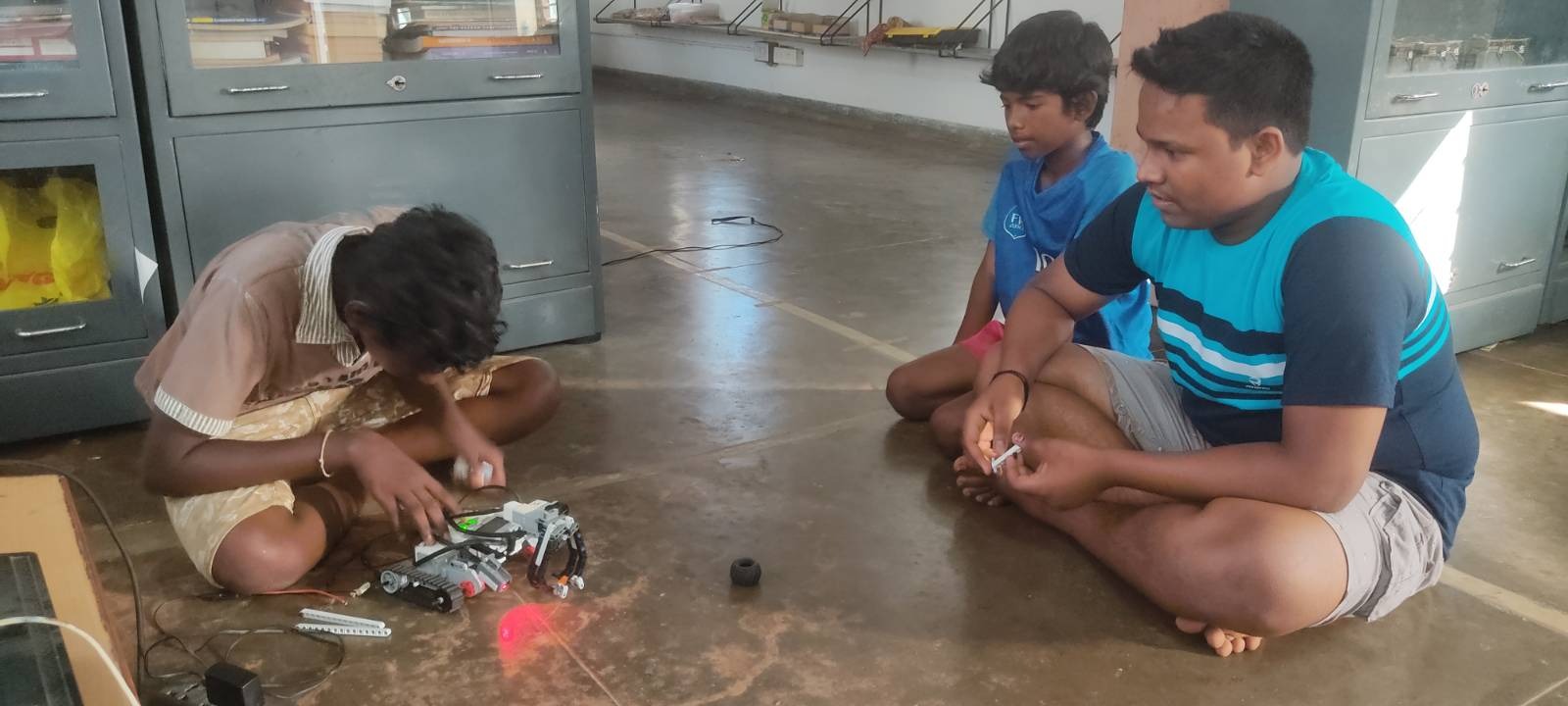
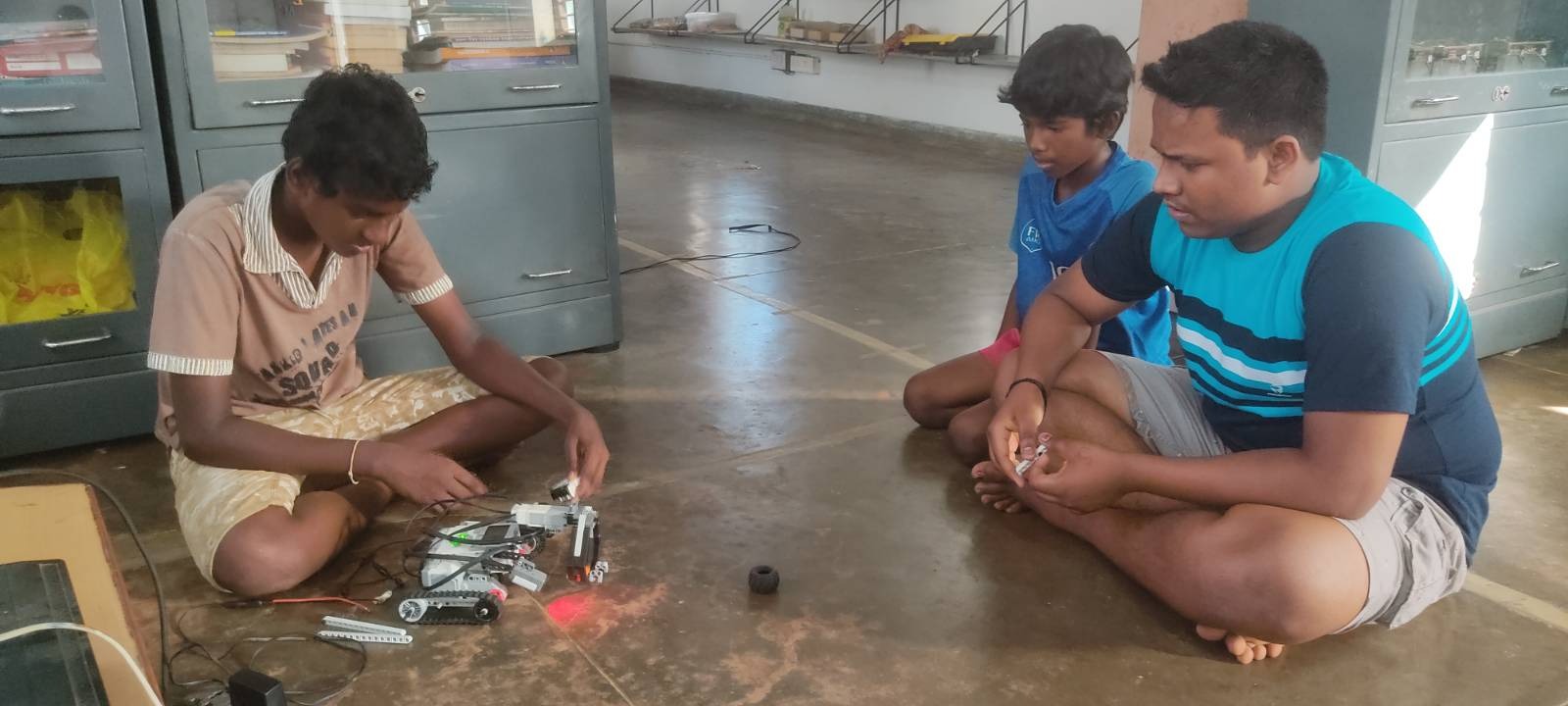


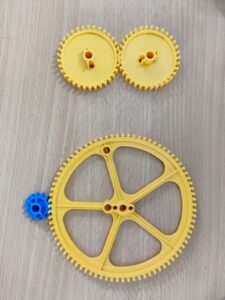
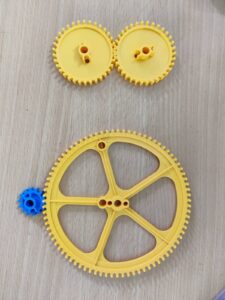
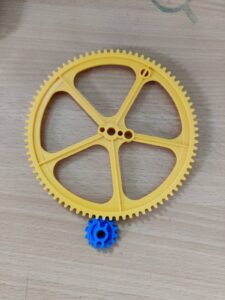
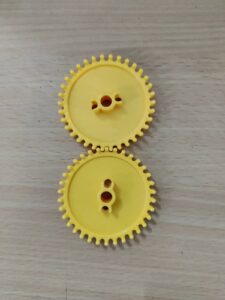
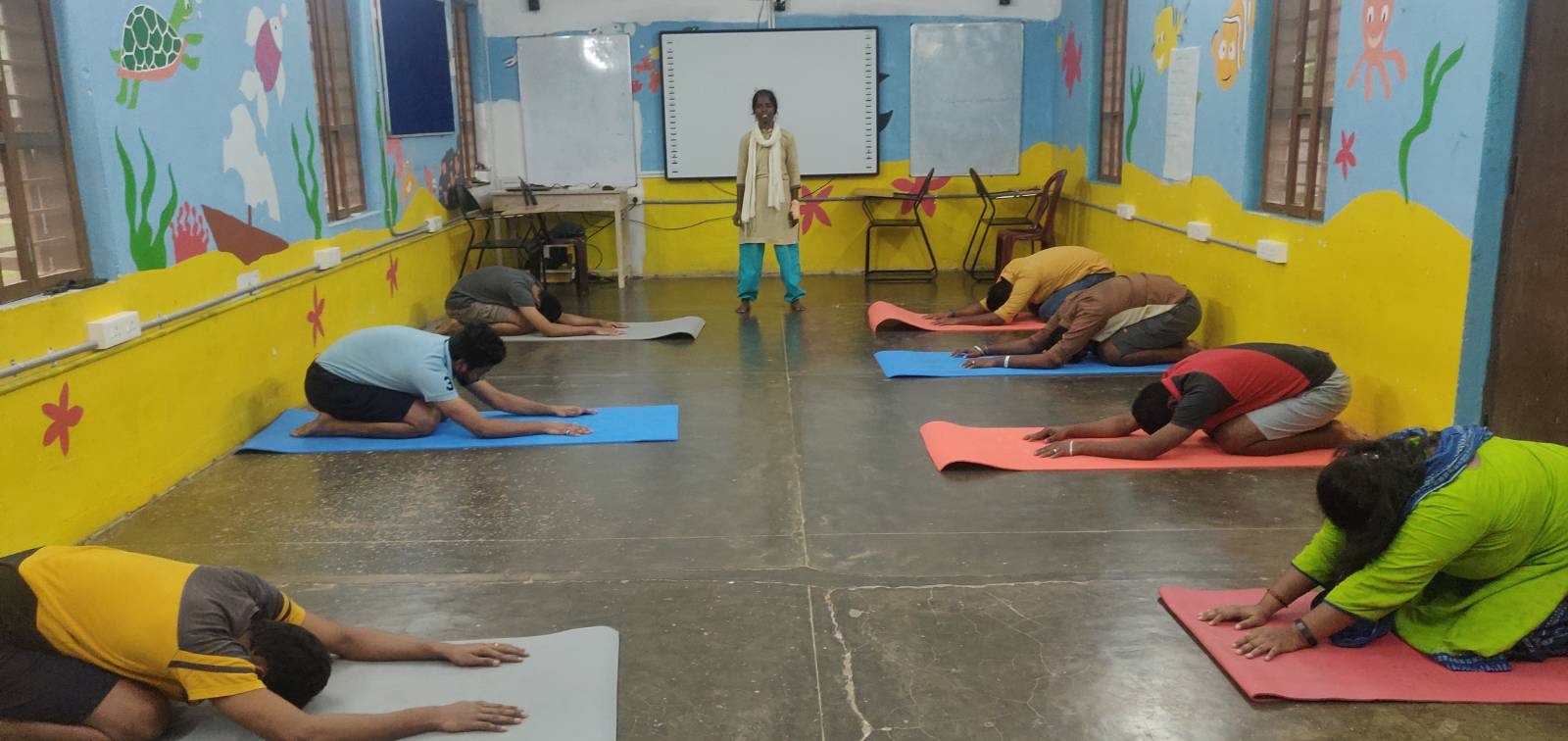
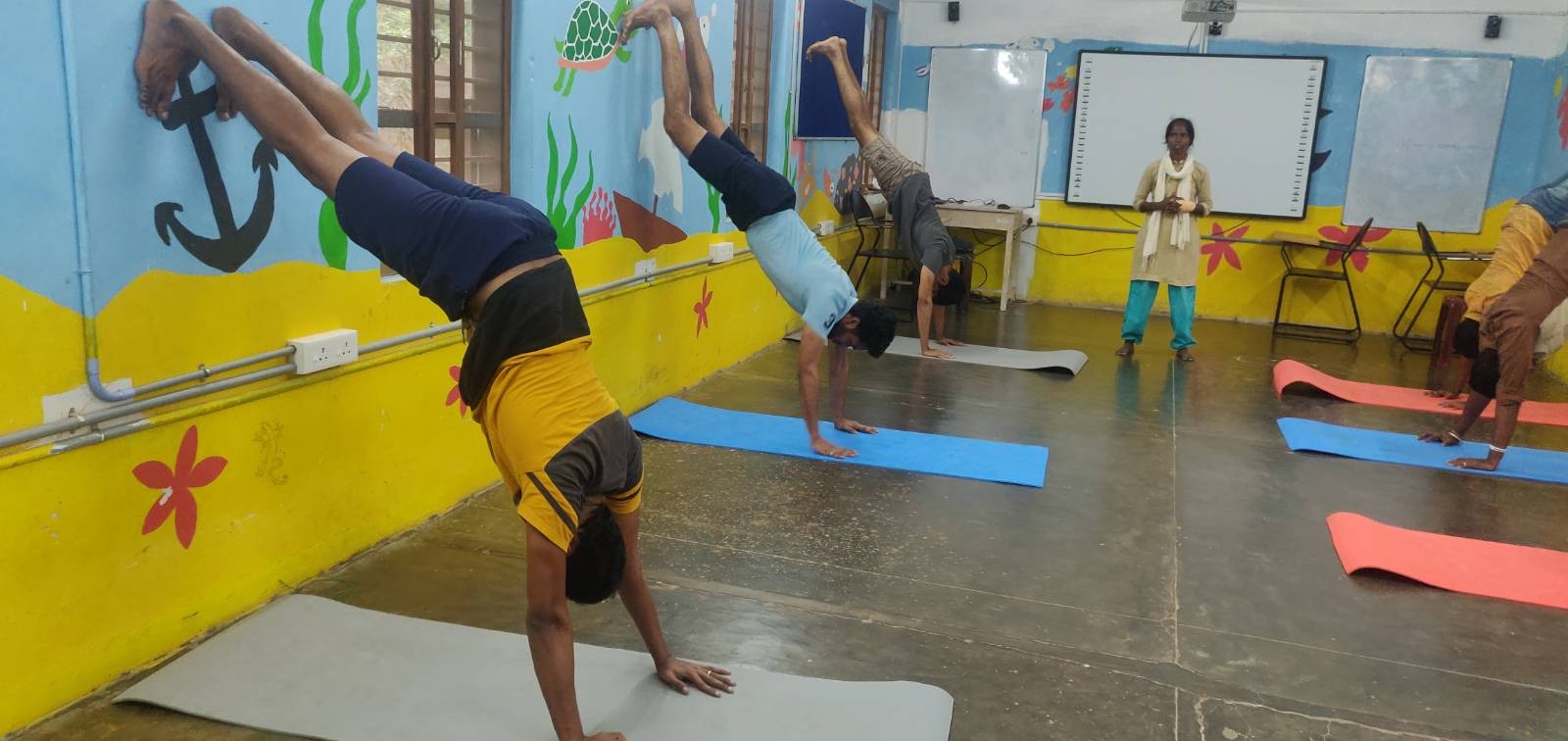
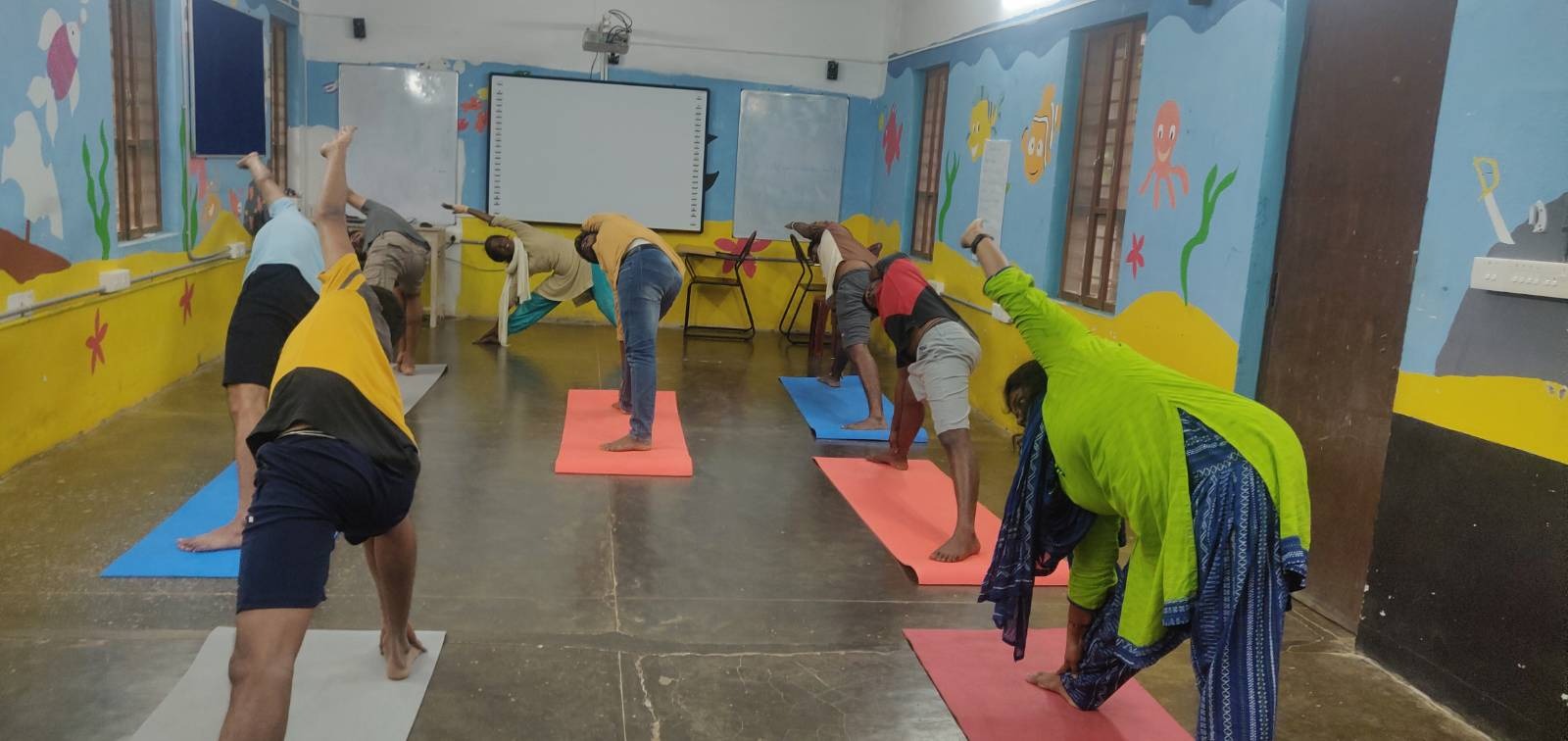
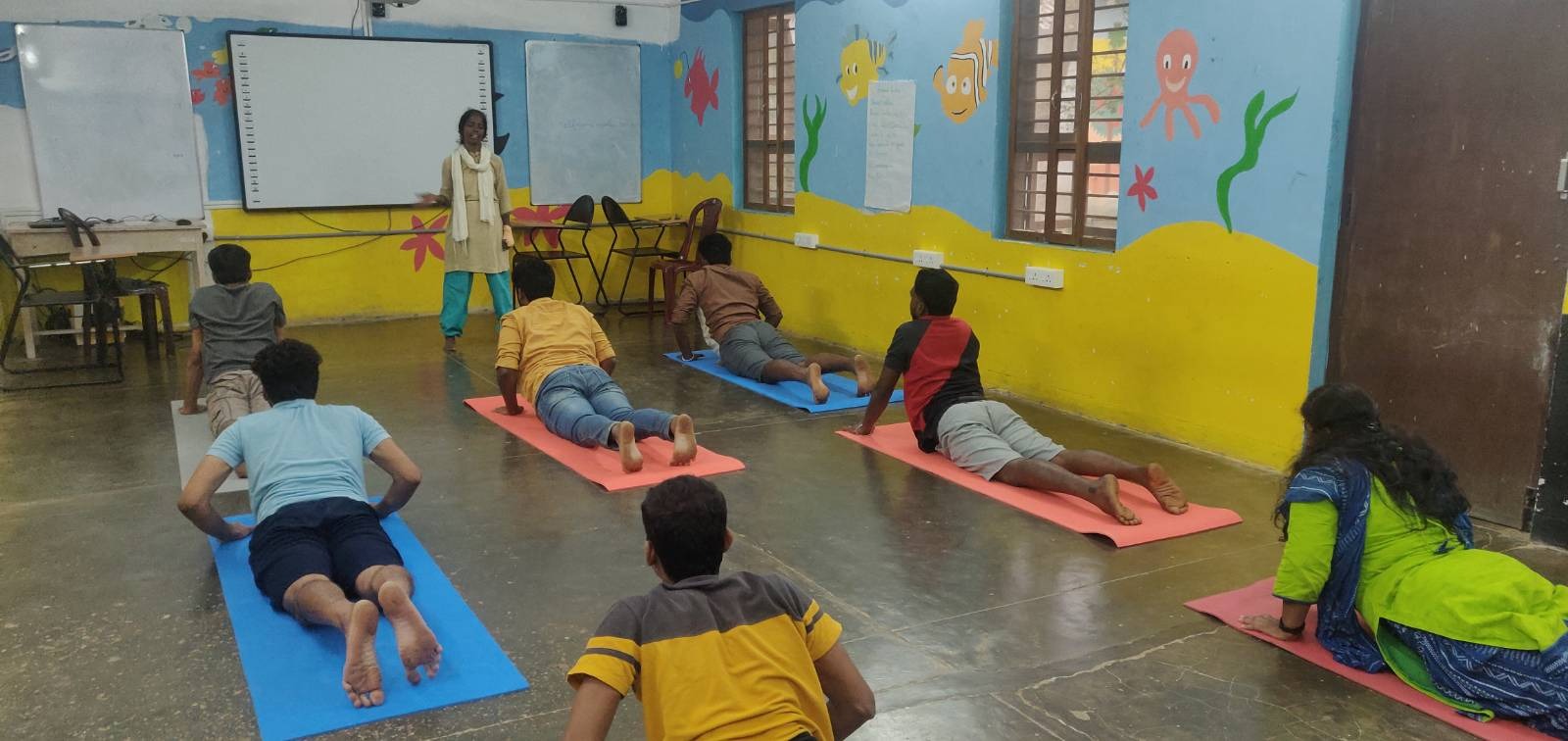

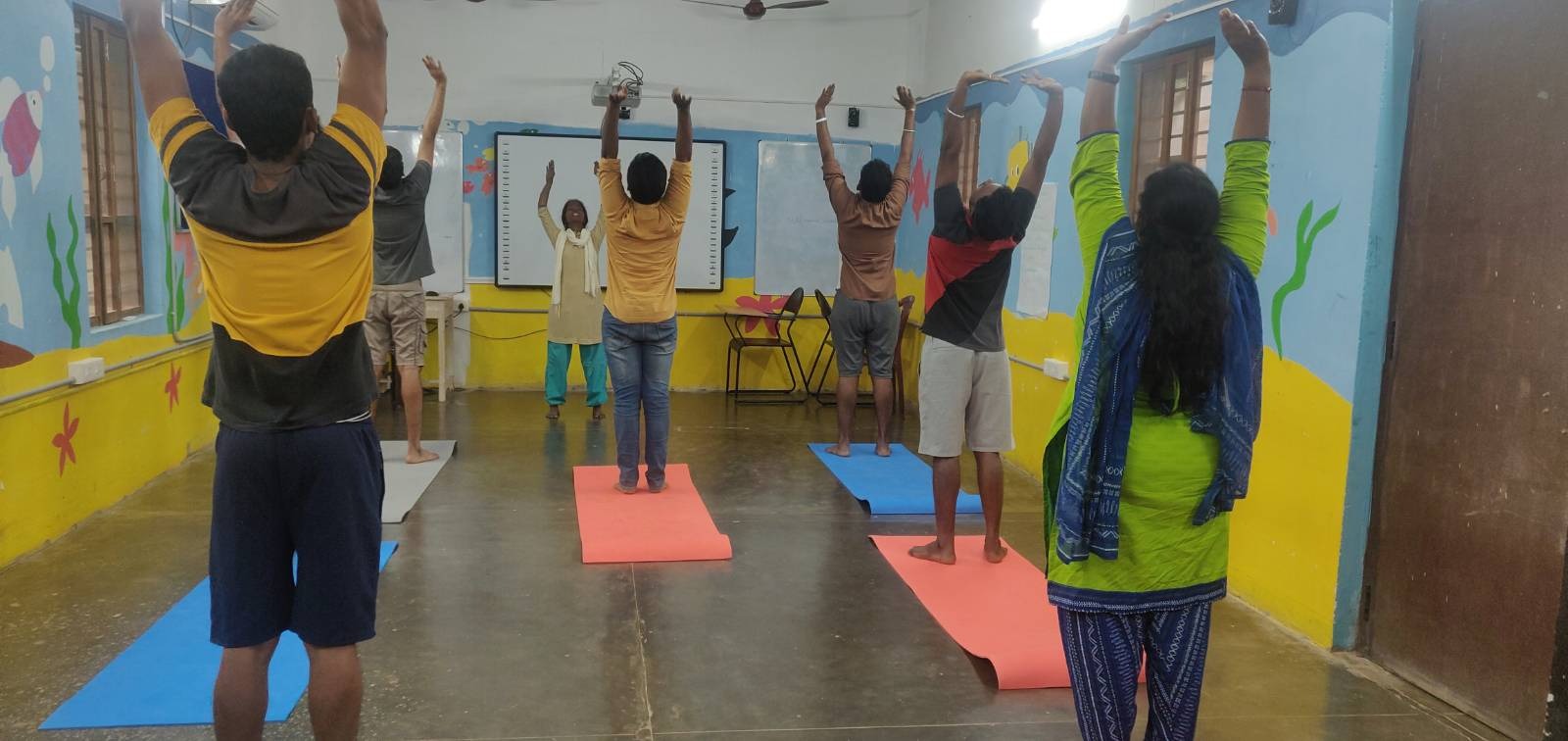
 [
[

